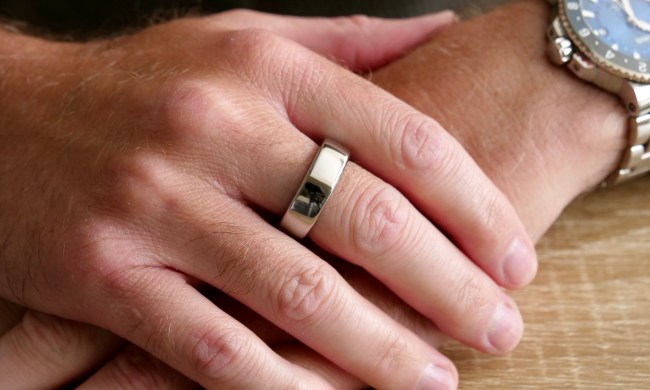
Surge pricing kicks in when demand for Uber rides increases, for example during New Year’s Eve, rush hour, or when events put similar transportation services out of action, and can push fares to as much as six times their regular amount. It’s designed to get more Uber drivers to hit the streets to meet demand, though of course the company itself benefits thanks to the increased income generated off the back of higher fares.
Uber said Thursday it’s about to roll out a new version of its app for where the surge pricing indicators, such as the lightning bolt that appears on the home screen and a pop-up box that lets riders know they’ll be paying a higher fare than usual, will be removed. Instead, riders will see what Uber is calling an “upfront fare.”
“Upfront fares are calculated using the expected time and distance of the trip and local traffic, as well as how many riders and nearby drivers are using Uber at that moment,” the company wrote in a post on Thursday. “And when fares go up due to increased demand, instead of surge lightning bolts and pop-up screens, riders are given the actual fare before they request their ride.”
It adds, “There’s no complicated math and no surprises: passengers can just sit back and enjoy the ride.”
So to be clear, surge pricing will remain, and the only way you’ll know it’s happening is when a message in small text appears under the dollar price in the app that says, “Fares are higher due to increased demand.”
The system is being sold as a way of simplifying the process for riders, but it also seems like an attempt by Uber to shift attention away from the unpopular feature. “Upfront fare” certainly sounds a whole lot more honest and straightforward than opening the app and seeing a full-screen “surge pricing” notification with a number and multiplication sign, and may help to dampen criticism of the system.
Under pressure two years ago, Uber decided to cap surge pricing during national disasters such as severe storms, or other emergency situations. The company’s carpooling service, UberPool, already users upfront pricing.
Uber’s new approach to the way it displays surge pricing has for several months been undergoing trials in six U.S. cities: Miami, New Jersey, New York, Philadelphia, San Diego, and Seattle, as well as a number of locations in India. The company is expected to roll it out globally in the coming months.

